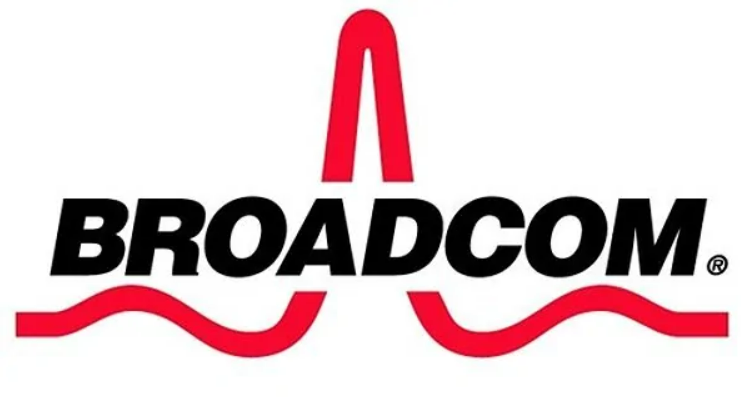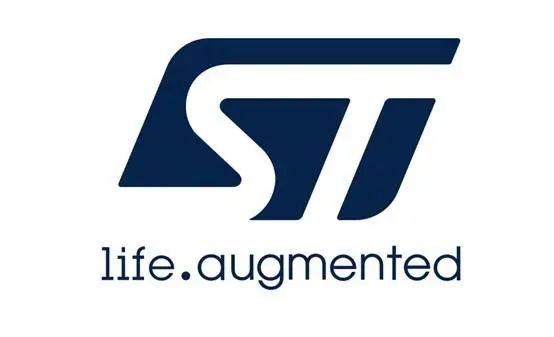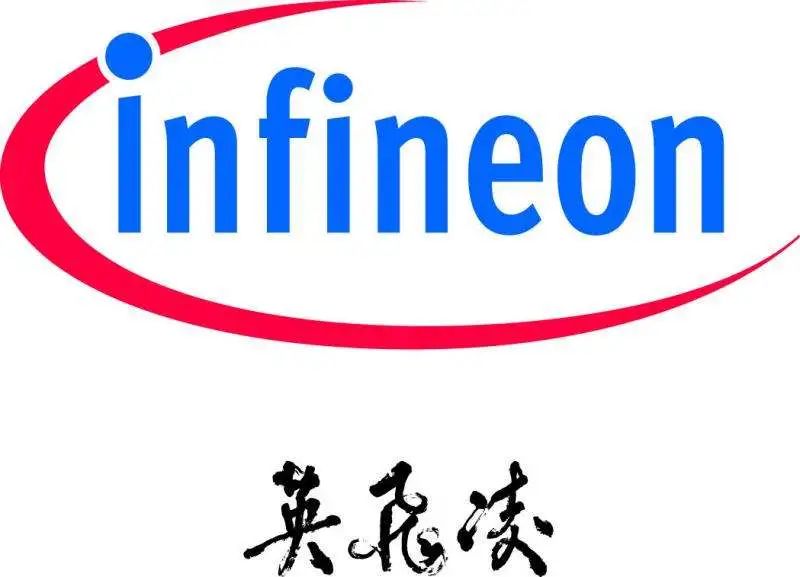TI, ADI, ON and other chip market: Who is raising prices? Who is plummeting?

Broadcom: Network communication chips will increase by 6%-8% from January next year
Market sources indicate that the supply of wireless networking chips continues to lag behind demand for 5G and Wi-Fi 6 equipment. Broadcom has notified customers that the prices of its networking and communication chips will increase by 6% to 8% starting January 2023. The company’s lead times remain unimproved, still exceeding 50 weeks.
However, due to weak demand and continued replenishment of Broadcom’s chips, many end customers are offloading inventory, leading to continuously declining prices—with some even approaching normal order levels. Among the models seeing price drops are:
- PLX series: PEX8796, PEX8724, PEX8733, etc.
- BCM series: BCM56960, BCM82381, BCM8727, etc.

TI: Certain IC prices will increase by about 10% in the third quarter
Recently, it was reported that TI has notified customers that the prices of certain ICs such as server ICs will increase by about 10% in the third quarter of 2022. This reflects that despite the sluggish demand for consumer electronics applications, analog IC suppliers such as TI still benefit from strong demand for automotive electronics and industrial control.
TI's spot market is oversupplied, and the shortage of its conventional models has been basically alleviated, and prices are gradually tending to normal prices. Except for scarce automotive materials and some models, prices across the board have basically plunged. For example, many general consumer analog chips have dropped to normal prices, such as TPS61021ADSGR and TPS63070RNMR, while the current price of automotive buck converter TPS54260QDGQRQ is still high.

Qualcomm: Next year's delivery order prices will rise by nearly 10%
Recently, a source in the market said that Qualcomm has notified customers of price increases, which will be divided into two steps: the price of new contracts will increase by 4%, and the price of orders to be delivered starting from January 2023 will increase by nearly 10%. Qualcomm's end-customer demand is in a wait-and-see state, with consumer spot goods being the majority. The prices of some of the popular router chips AR8033-AL1A and AR8035-AL1B that have arrived are still high, and the terminals continue to wait and see.

ADI: Many models see prices slashed by half.
ADI's market is also in a downward trend overall, with substantial inventory arriving across various channels, leading to steep price drops—many chips have been slashed by half or even more. Examples include the LT1964ES5-BYP#TRPBF, AD5290YRMZ10-R, and OP2177ARMZ.
Due to earlier instances of customers purchasing ADI chips at inflated spot prices, the recent influx of inventory has prompted many to offload stock to distributors. However, delayed market information has kept target selling prices artificially high, causing gradual price declines as the market adjusts through repeated price testing.

ON Semiconductor: IGBT has stopped accepting orders
ON Semiconductor's supply situation remains tight, and the shortage demand is mainly concentrated on Mosfet, logic IC and power management IC.
Not long ago, ON Semiconductor released news that its orders for automotive insulated gate bipolar transistors (IGBT) have been full, and production by 2023 has been sold out. The delivery time of Mosfet products generally remains above 50 weeks, and the price is still high. For example, the prices of FDN306 and FDD4141 have an upward trend; the delivery time of logic IC is 30-50 weeks, the market demand is large, and the spot price is generally high, such as the NC7SZXX series.
ON Semiconductor's analog IC delivery time remains at 35-50 weeks, but the price of the most popular NCP455XX series of load protection products has increased by more than 100 times, and the delivery time is more than 70 weeks. The NC7 series with a wide range of applications continues to be out of stock, with some delivery times of 90 weeks, and the price is still high.

Renesas: Structural shortage
Renesas' 8-bit, 32-bit MCU/MPU and automotive MCU delivery times are between 38 and 52 weeks, with an overall trend of longer delivery times. Most MCU models are still in separate shipments; the delivery times of its signal chain, interface and switching regulator products remain at 40 to 60 weeks.
Renesas' demand was weak in July, showing a structural shortage, and demand for general models declined significantly. The original factory's production capacity was gradually released, and the delivery time of some models was eased. Models that had been frequently delayed before even arrived ahead of schedule.

ST: What is missing is still missing
The demand for ST continues to decline. STM32F030C8T6 and STM32F103VCT6 are still hot-selling models, but they are basically entering the end of clearance. The latest Q3 delivery period shows that ST's MCU/MPU/automotive chips have largely changed from being in short supply to being "distributed", and the supply continues to be tight.
Recently, ST and GF (GlobalFoundries) jointly built a factory in France and jointly developed chips with Volkswagen Group, which can be said to be working hard to alleviate the chip shortage problem in automobiles and industries. In addition, ST's multi-source analog/power and switching regulator delivery period has been significantly extended, with a delivery period of basically 40-52 weeks; the delivery period of RF and wireless chips is 30-52 weeks, which is sought after by the market; the delivery period of EEPROM products is still 52-54 weeks, and the supply is quite tight.

Infineon: Delivery date is not optimistic
Infineon faces softening demand as consumer clients mass-cancel orders. MOSFETs like IRLML0060/2246/6344 are now in stock, dragging prices down. While sensors (18-52 weeks) and power/auto analog chips (40-52 weeks) stay tight, automotive ICs have shifted to allocation—a concerning trend. Auto-electronics demand (e.g., IPP65R110CFDA, SAL-TC299TP-128F300N BC) remains strong, but bid-ask spreads persist.

NXP: Structural shortages continue
NXP's overall demand has entered the traditional off-season, and the price of the LPC series has generally fallen. Some general materials of the TJA series have almost returned to normal prices. With the arrival of goods in the second half of the year, the shortage situation will be somewhat alleviated compared with Q1 and Q2.
However, NXP's structural shortage is still continuing. NXP's automotive chips and MCU products have jumped from the shortage in the previous quarter to the "distribution status", and the shortage sentiment is more serious than in Q2. Some materials such as the S series and MK series are still very tight, and the I.MX 8 series is also in great demand. The prices of scarce chips are still high.

Microchip: Automotive MCUs facing extreme supply constraints
With the recent arrival of some series and models in the market, the overall demand for Microchip is very weak, and the price has fallen sharply. For example, the price of the popular chip ATMEGA328P-AU has dropped sharply from about 250 yuan in February to about 40 yuan (even as low as more than 20 yuan), and the price of KSZ9031RNXIC-TR has dropped from more than 600 yuan to about 300 yuan. The AT24 series is currently in sufficient stock.
Microchip's end-customer demand (such as some consumer and industrial chips) is also gradually weakening, mainly because the production capacity has gradually recovered, and the goods ordered by its customers from the original factory last year are slowly being delivered.
Many of Microchip's 8-bit and 32-bit MCUs/MPUs have a delivery period of more than 52 weeks, and the price has an upward trend. Especially at present, the demand for automotive electronics is strong, and Microchip's automotive MCUs are still hard to find; the delivery period of its timers and switching regulators remains 40-50 weeks. Microchip still has tight supply of some storage products, and the delivery period of EEPROM and flash memory products is still between 18-99 weeks.







